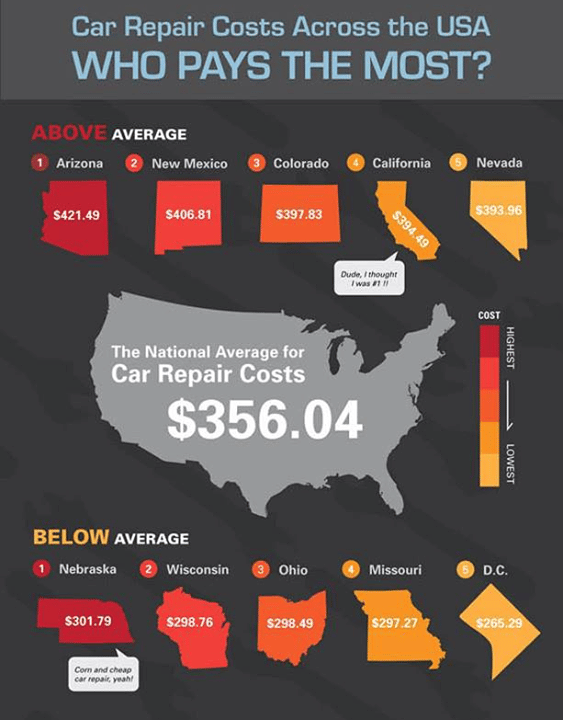Analyzing Your Vehicle'S Caution Indicators: What They Really Share
Analyzing Your Vehicle'S Caution Indicators: What They Really Share
Blog Article
Write- home car detailing near me Composed By-Boye Kejser
When you're behind the wheel, those radiant warning lights on your control panel can be a bit difficult. Do you recognize what they're attempting to tell you about your vehicle's health and wellness? Recognizing the importance of these lights is essential for your security and the long life of your lorry. So, the next time one of those lights appears, would not you wish to decode its message properly and take the necessary steps to resolve it?
Common Caution Lighting and Interpretations
Identify common caution lights in your car and recognize their definitions to guarantee secure driving.
https://brake-change-cost17394.livebloggs.com/38418194/the-convenience-of-mobile-vehicle-outlining-changes-your-automobile-s-appearance-yet-is-it-as-effective-as-typical-methods-discover-the-reality-behind-this-solution include the check engine light, which signals issues with the engine or exhausts system. If this light begins, it's critical to have your vehicle checked without delay.
The oil pressure alerting light shows reduced oil stress, needing immediate attention to prevent engine damages.
A flashing battery light could suggest a malfunctioning charging system, possibly leaving you stranded otherwise attended to.
The tire pressure tracking system (TPMS) light informs you to reduced tire pressure, affecting vehicle security and gas effectiveness. Disregarding this could lead to hazardous driving problems.
The abdominal light shows an issue with the anti-lock braking system, compromising your capability to quit promptly in emergency situations.
Finally, the coolant temperature level warning light warns of engine overheating, which can result in extreme damage if not solved quickly.
Understanding these common caution lights will assist you resolve concerns immediately and maintain safe driving problems.
Relevance of Prompt Focus
Comprehending the usual caution lights in your automobile is only the first step; the significance of promptly resolving these cautions can't be stressed sufficient to guarantee your security when traveling.
When a caution light brightens on your dashboard, it's your auto's method of communicating a potential concern that needs focus. Ignoring these warnings can result in much more serious problems later on, endangering your safety and security and potentially costing you extra in repairs.
Prompt attention to cautioning lights can avoid malfunctions and mishaps. For instance, a flashing check engine light might show a misfire that, if left neglected, might cause damage to the catalytic converter. Addressing this without delay can save you from an expensive repair.
In a similar way, a brake system advising light may signify low brake fluid or used brake pads, important elements for your safety when driving.
DIY Troubleshooting Tips
If you discover a caution light on your dashboard, there are a few DIY repairing pointers you can attempt prior to seeking expert help.
The initial step is to consult your car's handbook to understand what the details caution light suggests. In some cases the concern can be as straightforward as a loose gas cap setting off the check engine light. Tightening up the gas cap might resolve the issue.
One more usual problem is a low battery, which can set off numerous advising lights. Inspecting check out here for deterioration and ensuring they're safe and secure might take care of the problem.
If a caution light persists, you can attempt resetting it by detaching the vehicle's battery for a few mins and after that reconnecting it. In addition, checking your lorry's fluid levels, such as oil, coolant, and brake liquid, can assist fix advising lights related to these systems.
Verdict
To conclude, understanding your automobile's warning lights is important for maintaining your vehicle running efficiently and securely. By quickly resolving these signals and knowing what they mean, you can prevent pricey repair work and potential malfunctions.
Keep in mind to consult your cars and truck's handbook for particular information on each cautioning light and act as necessary to ensure a trouble-free driving experience.
Stay educated, stay risk-free on the road!
